Aluminium – the third most abundant element in the earth’s crust finds its implementation in many sectors due to its environment and user -friendly nature – in Building and Construction (B&C), power sector, automotive, packaging, household appliances etc. The surge in the demand of this youngest metal of the non-ferrous metal industry is indicated to the escalating infrastructural development of the country.
According to a recent issue of the European Journal of Business and Management, published by International Institute for Science, Technology and Education, the overall consumption of aluminium in India is projected to be about 10 million tonnes by 2020.
Aluminium is the second most used metal in the world after steel with an annual consumption of 88 Million Tonnes (including scrap). Aluminium consumption in India at 2.5 kg per capita is much below the global average of 11kg per capita.
Rise in infrastructure development and automotive production are encouraging development in the metals and mining sector in India. India has nearly 10% of the world’s bauxite reserves and a growing aluminium sector that leverages this. Demand in the domestic market is expected to rise by 8-10%.
India is considered to be the fifth largest producer of aluminium in the world with a tremendous bauxite reserve of about 3 billion tonnes. While the major consumption of aluminium in India is done by the electrical (31%) and B&C sectors (13%), the future growth is envisaged to happen in the solar power and industrial sector. One is witnessing the rapid development of this industry with a phenomenal growth noticed since 2002 and the industry is posed to play a significant role in the future growth of the Indian economy.
Meanwhile, the aluminium extrusion industry in India has witnessed a growth of 150% over the last eight years from 300,000 tonnes in 2010 to 800,000 tonnes in 2018. While construction constitutes 60%, consumption from industrial and transportation, Building & Construction comprise 28% and 12% of overall extrusion consumption respectively.
The aluminium extrusion process involves creating parts of homogeneous cross-sections which is achieved by forcing the metal through an outlet (that is designed in the required configuration/shape of the extruded profile) under high pressure. In an era when architects are increasingly coming forward with experimentations, aluminium extrusions are giving way to some imaginative and exquisite architectural designs which have been made simpler by the plethora of technological innovations and advancement in the aluminium extrusion industry.

ISO 9001-2015 & ISO 14001:2015 Certified by TUV SUD, engaged in manufacturing of premium quality Aluminium profiles.




8-2-293/82/A, Plot No. 651,
Road No. 34, Jubilee Hills,
Hyderabad, Telangana -500033
e-mail: info@globalaluminium.com
Tel: +91-40-35181518 / 27545444/27544267
CIN : U27203TG1996PTC023581